The Nvidia GeForce RTX 5090: A Leap Forward, But For Whom?
Nvidia's latest flagship, the RTX 5090, promises a generational leap in PC gaming. However, the performance gains aren't uniformly impressive across all titles. While raw power shows significant improvements over the RTX 4090 in benchmarks like 3DMark, real-world gaming performance often reveals a more nuanced picture, especially without DLSS Frame Generation.
The true next-gen advantage lies in DLSS 4's Multi-Frame Generation. This technology, powered by a new AI Management Processor (AMP) core, generates multiple frames from a single rendered image, dramatically boosting frame rates, particularly at high resolutions (4K+). This offers a glimpse into the future of AI-enhanced gaming, but its effectiveness hinges on already achieving a decent frame rate without Frame Generation. For users with less powerful displays, the upgrade might not be justifiable.
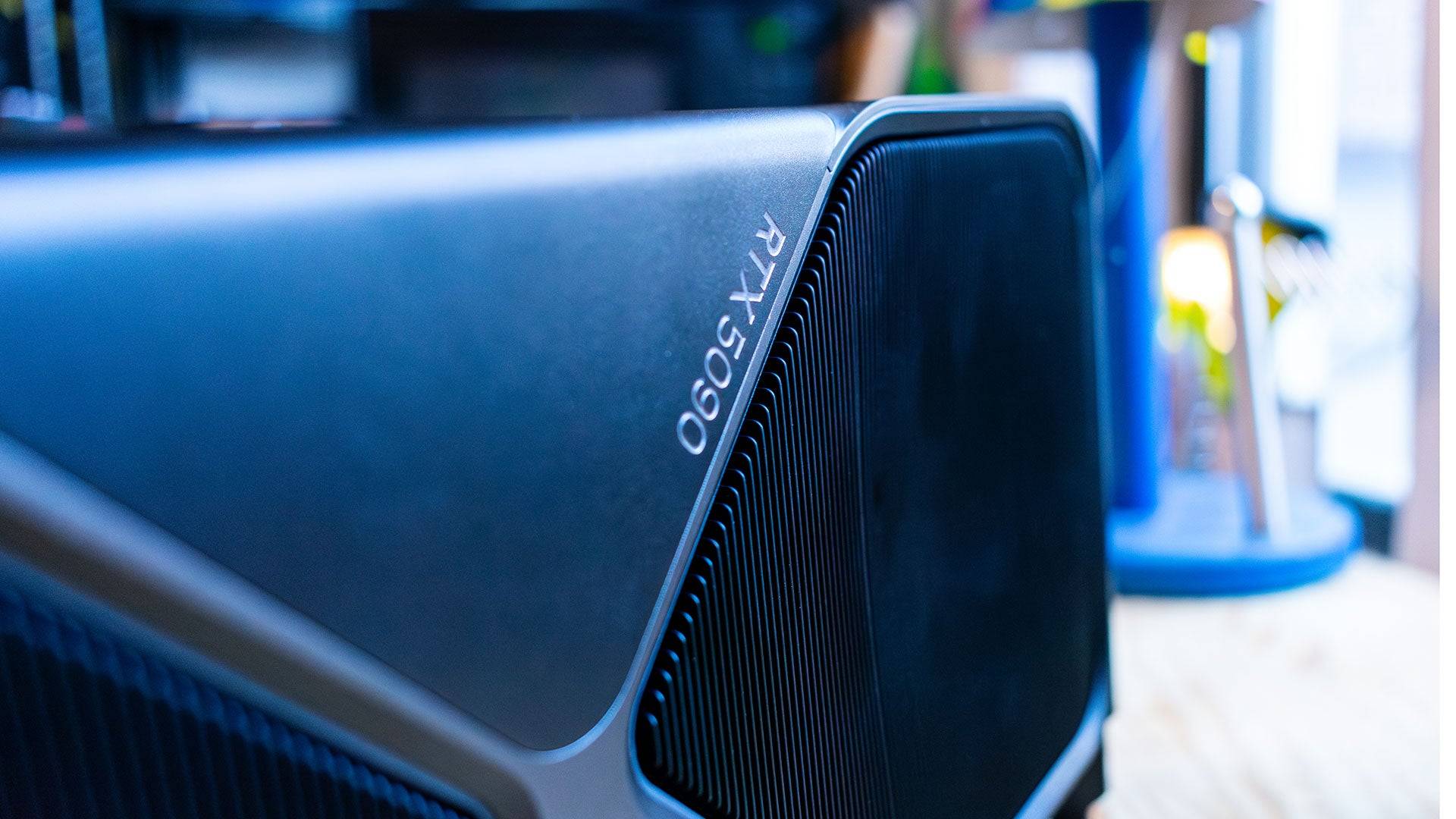
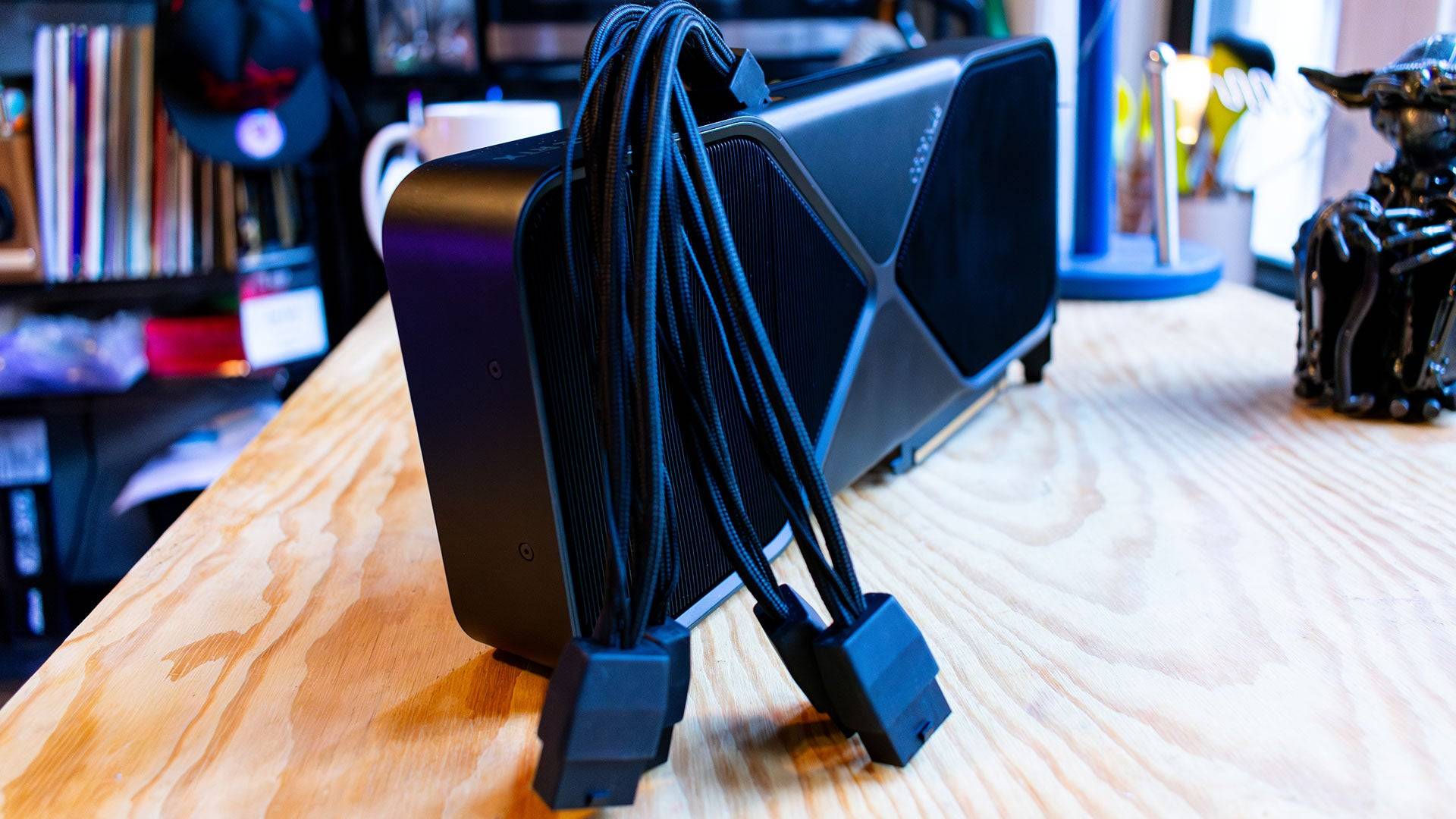
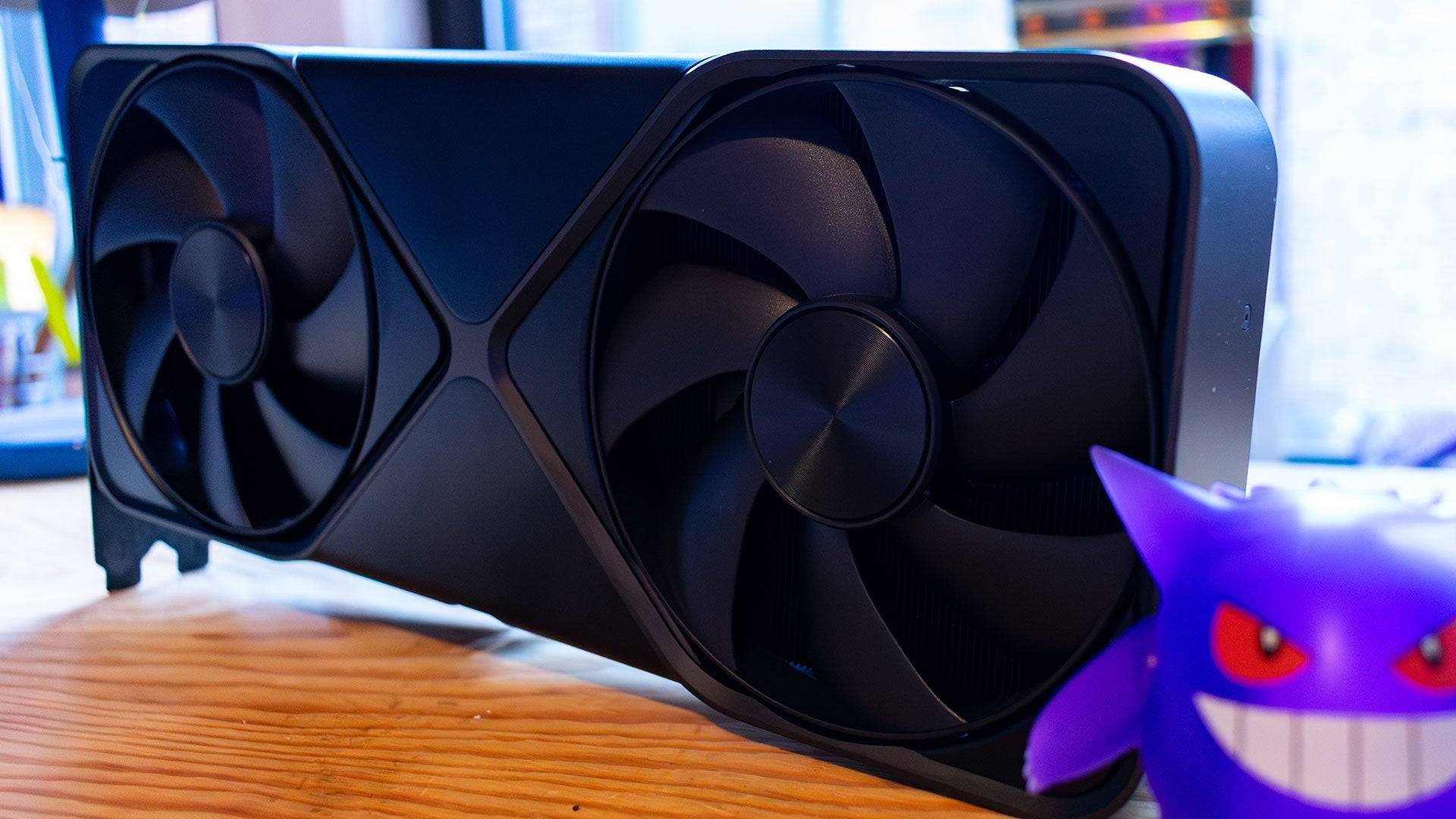
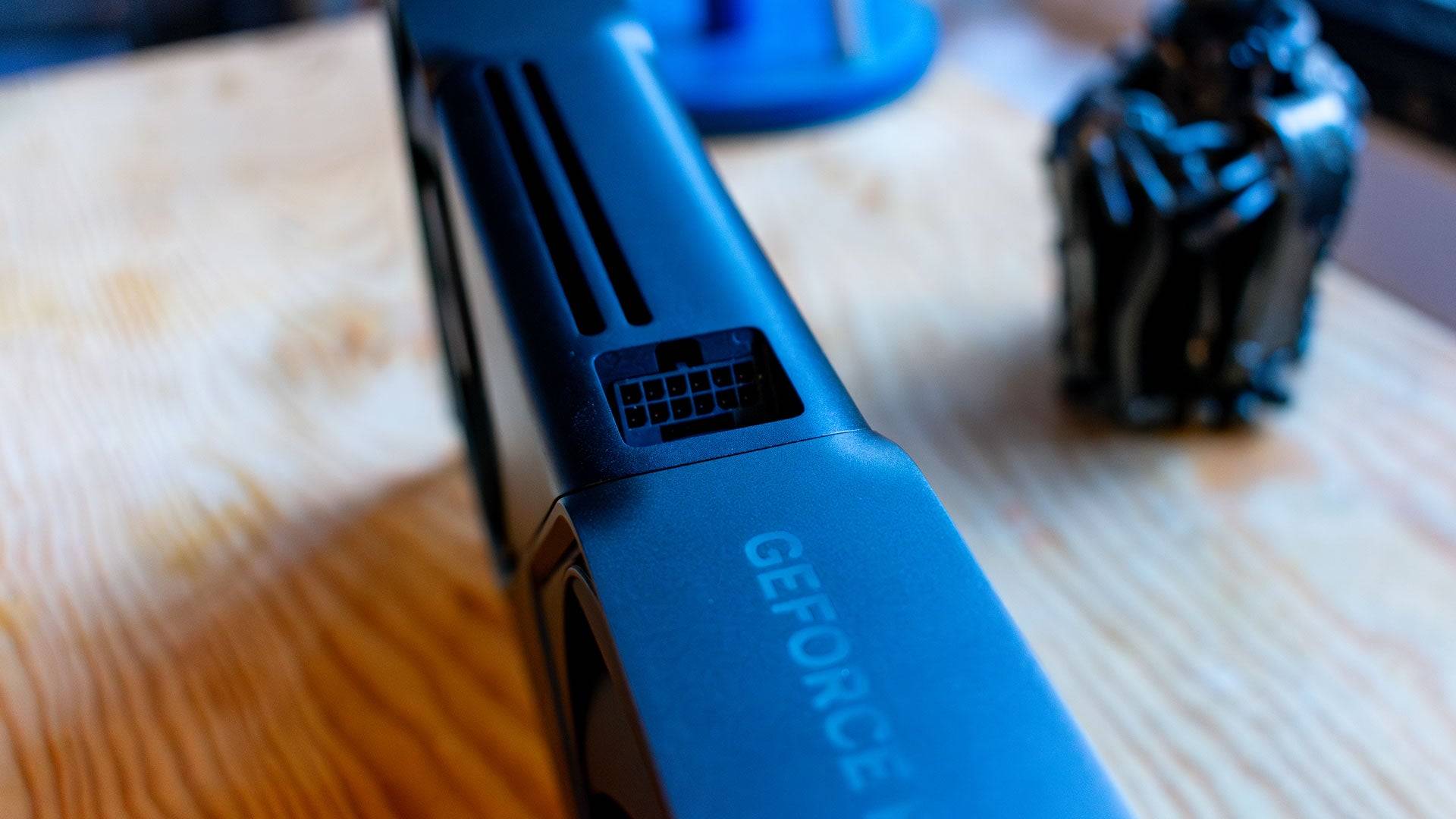
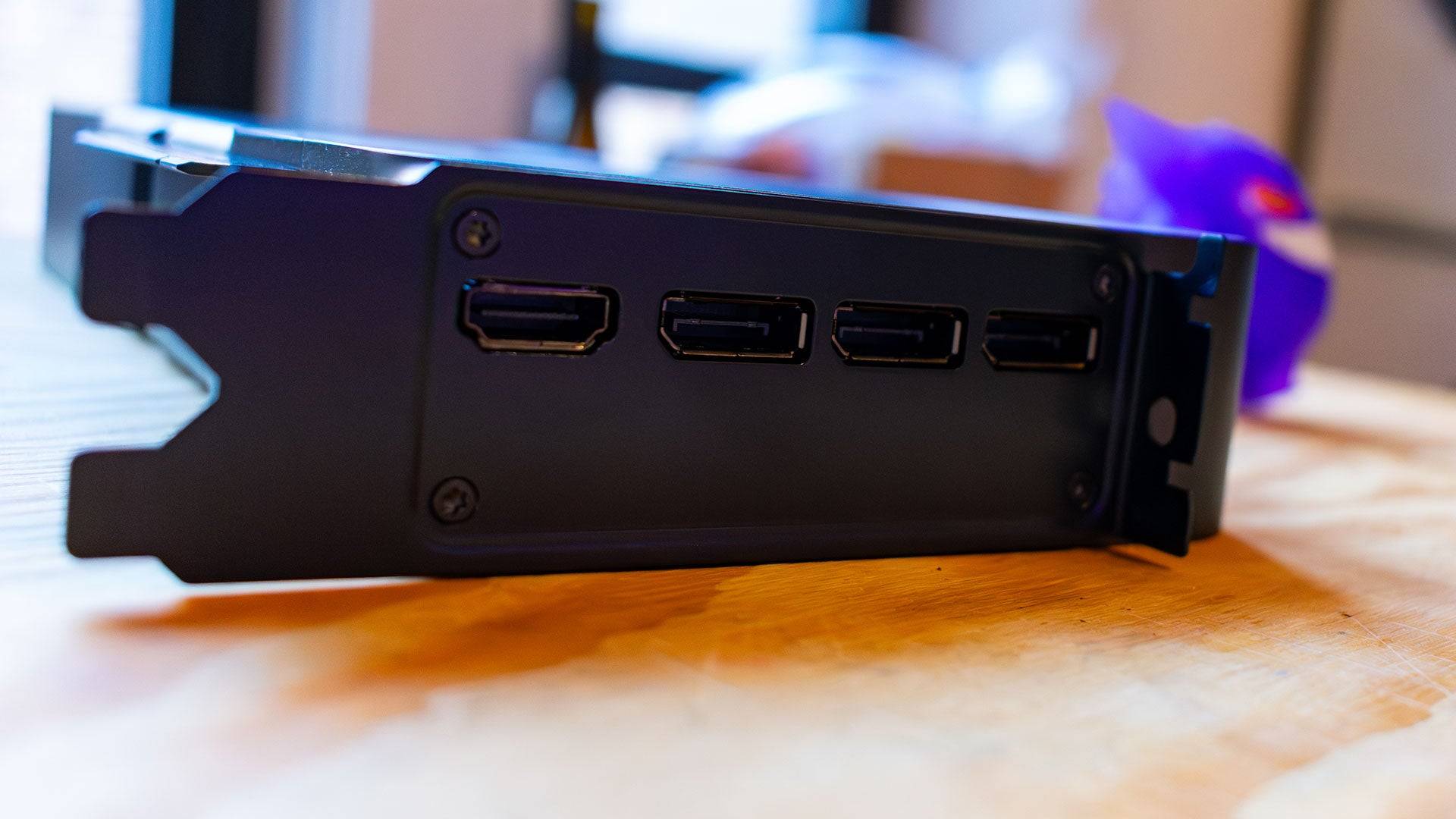
RTX 5090: Under the Hood
Built on the Blackwell architecture, the RTX 5090 boasts a significant increase in CUDA cores (21,760 vs. 16,384 in the RTX 4090), leading to substantial raw performance gains. Improvements also include 5th-generation Tensor Cores supporting FP4 operations for enhanced AI performance and 32GB of GDDR7 VRAM. However, the card's 575W power consumption is a significant jump from the RTX 4090's 450W.
DLSS 4's transition to a Transformer Neural Network (TNN) aims to improve image quality and reduce artifacts. The Multi-Frame Generation, a refined version of DLSS 3's Frame Generation, is significantly more efficient and smoother, generating multiple AI frames per rendered frame. This technology, however, is best utilized with already strong base frame rates to avoid latency issues.
Founders Edition: Design and Performance
Surprisingly, the RTX 5090 Founders Edition is smaller than its predecessors, fitting into a dual-slot configuration despite its high power demands. Nvidia achieved this through a redesigned PCB and cooling solution. Temperatures remain high (around 86°C under load), but within acceptable limits. The new 12V-2x6 power connector, while similar to the 12VHPWR, is claimed to be more efficient and secure.
Performance Analysis: A Mixed Bag
Benchmark results reveal a significant performance uplift in synthetic benchmarks like 3DMark (up to 42% faster than the RTX 4090). However, real-world gaming tests often show more modest improvements, frequently hampered by CPU bottlenecks, even with a high-end CPU like the Ryzen 7 9800X3D. The performance gains are more pronounced in demanding titles and at higher resolutions. In some games, the difference between the RTX 5090 and RTX 4090 is minimal.
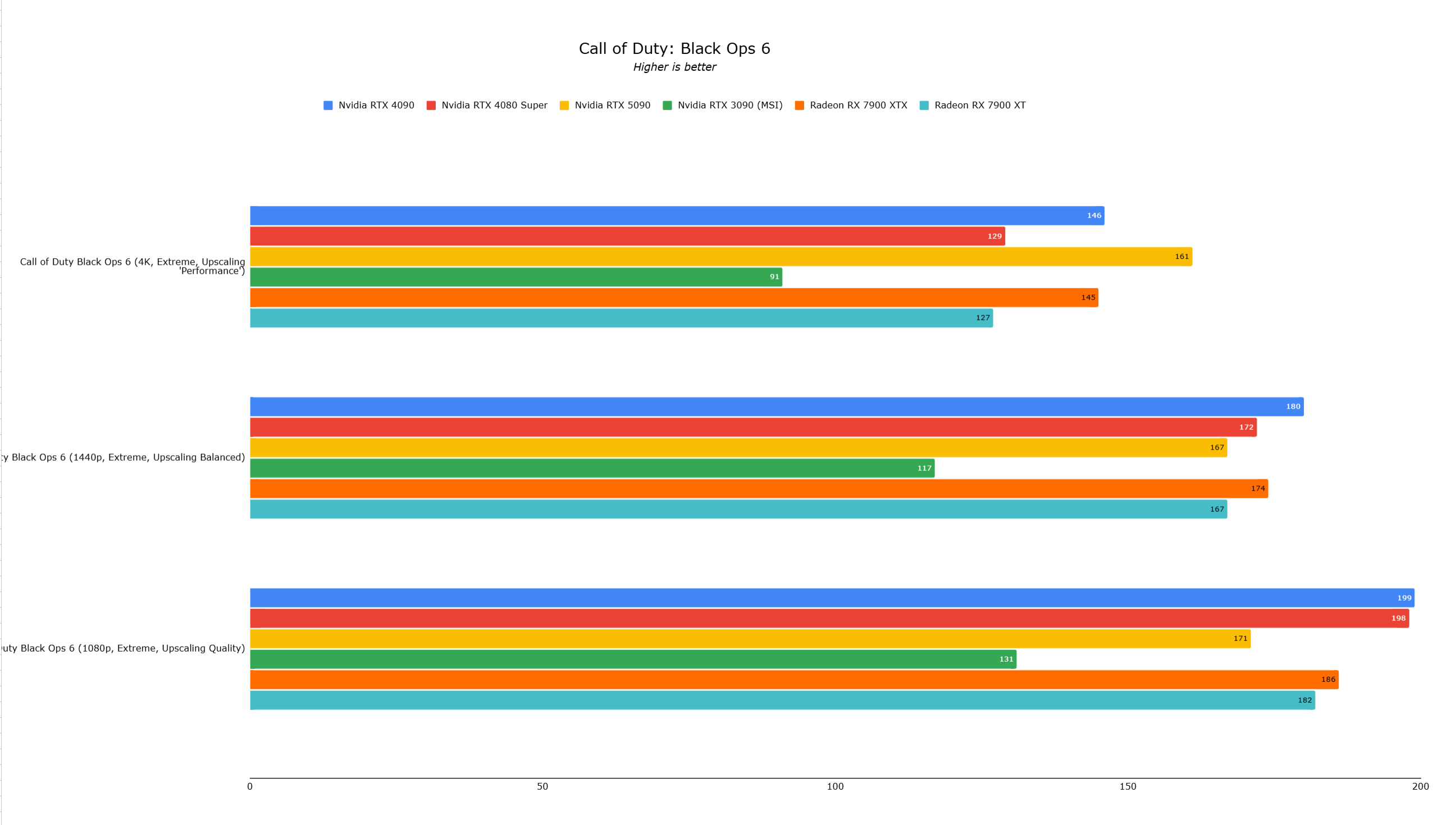
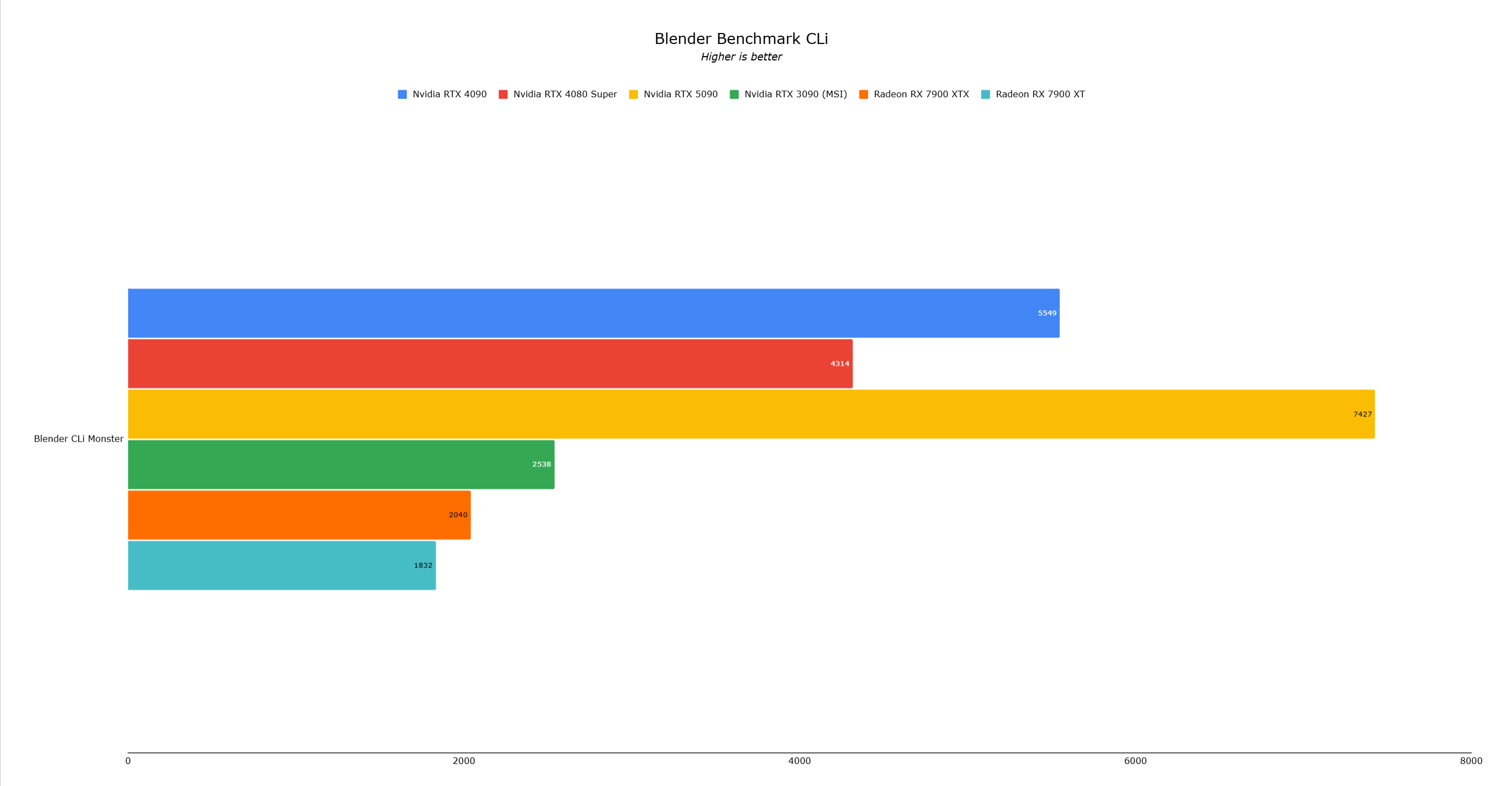
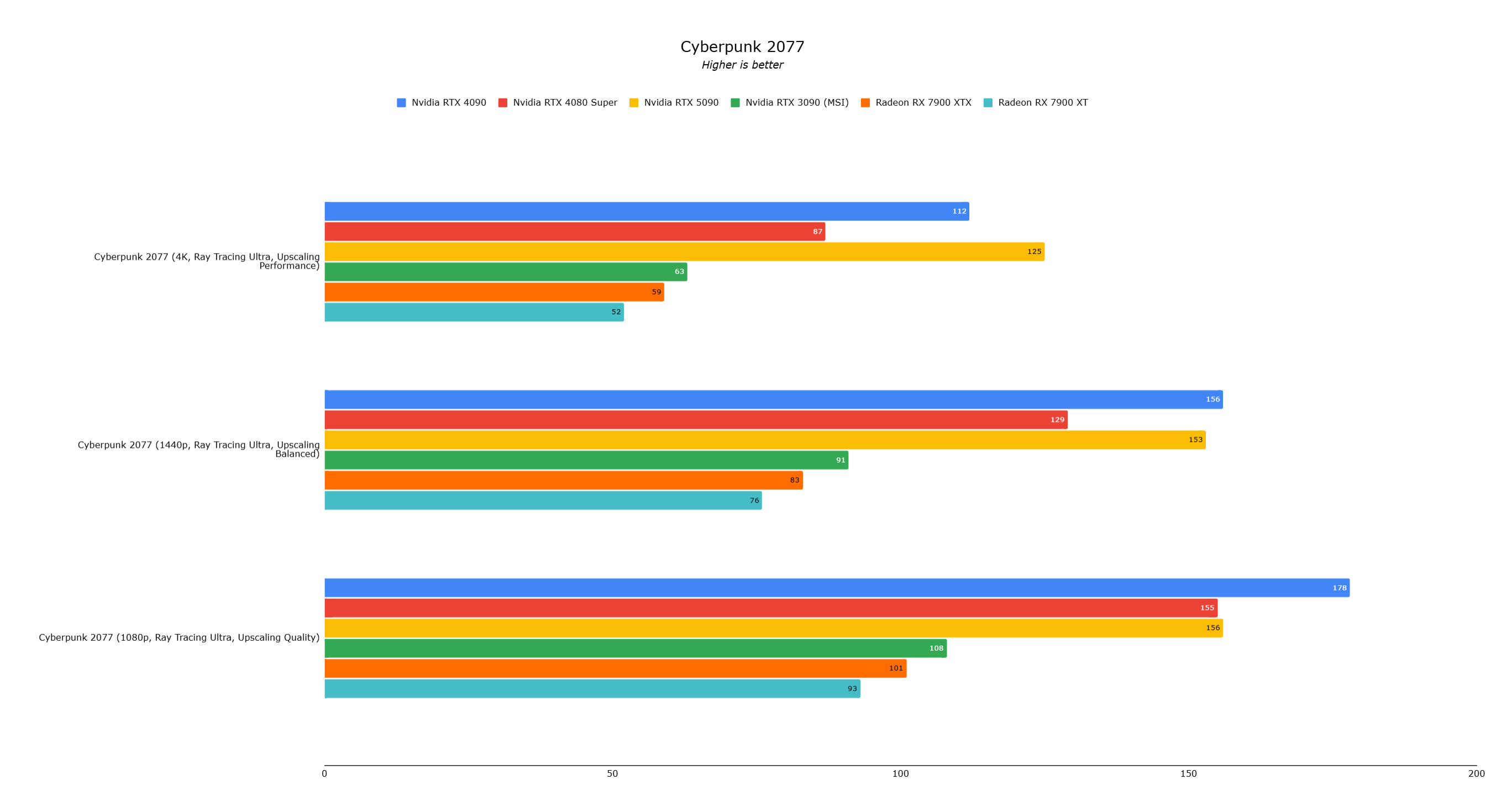
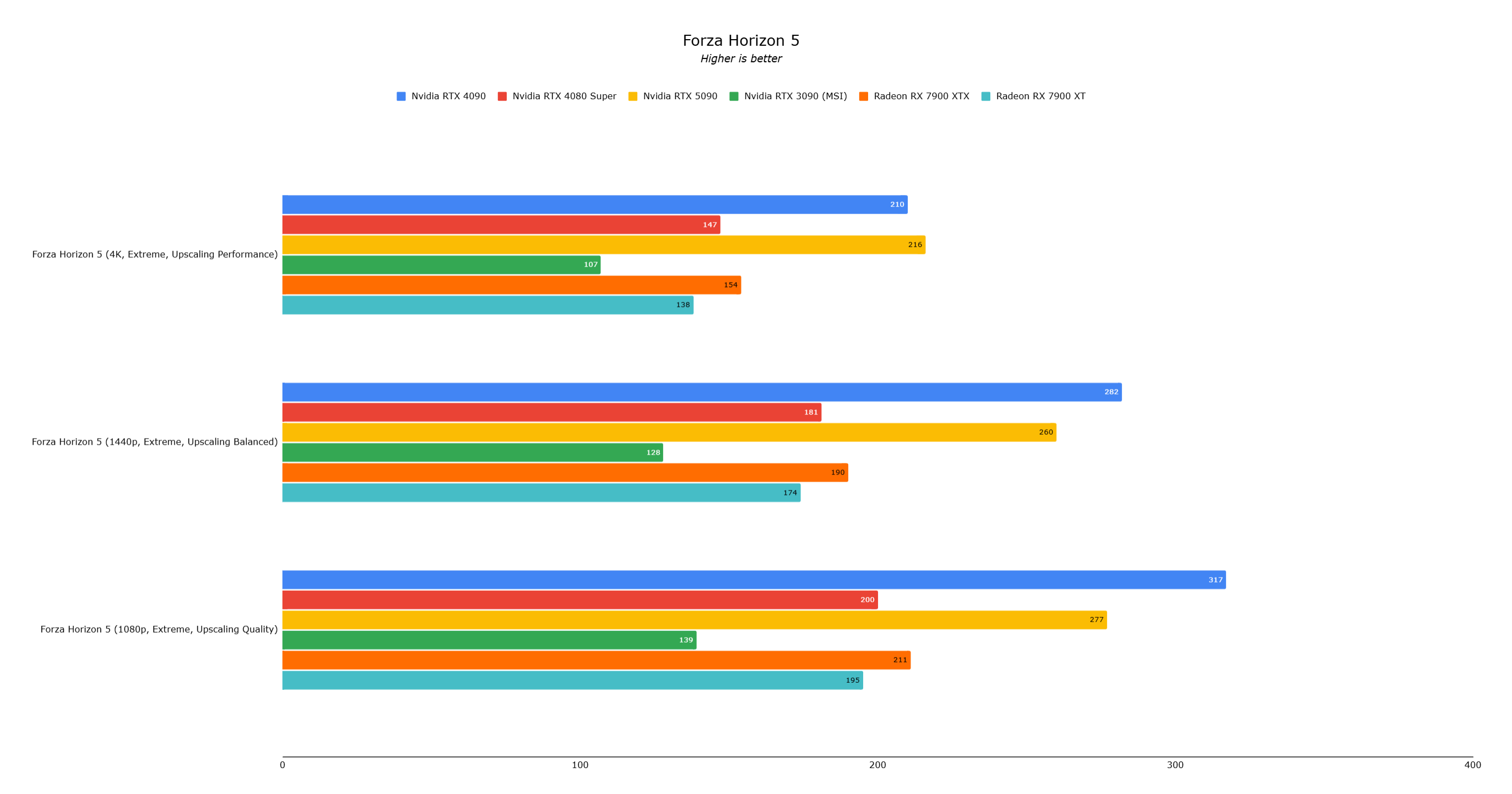
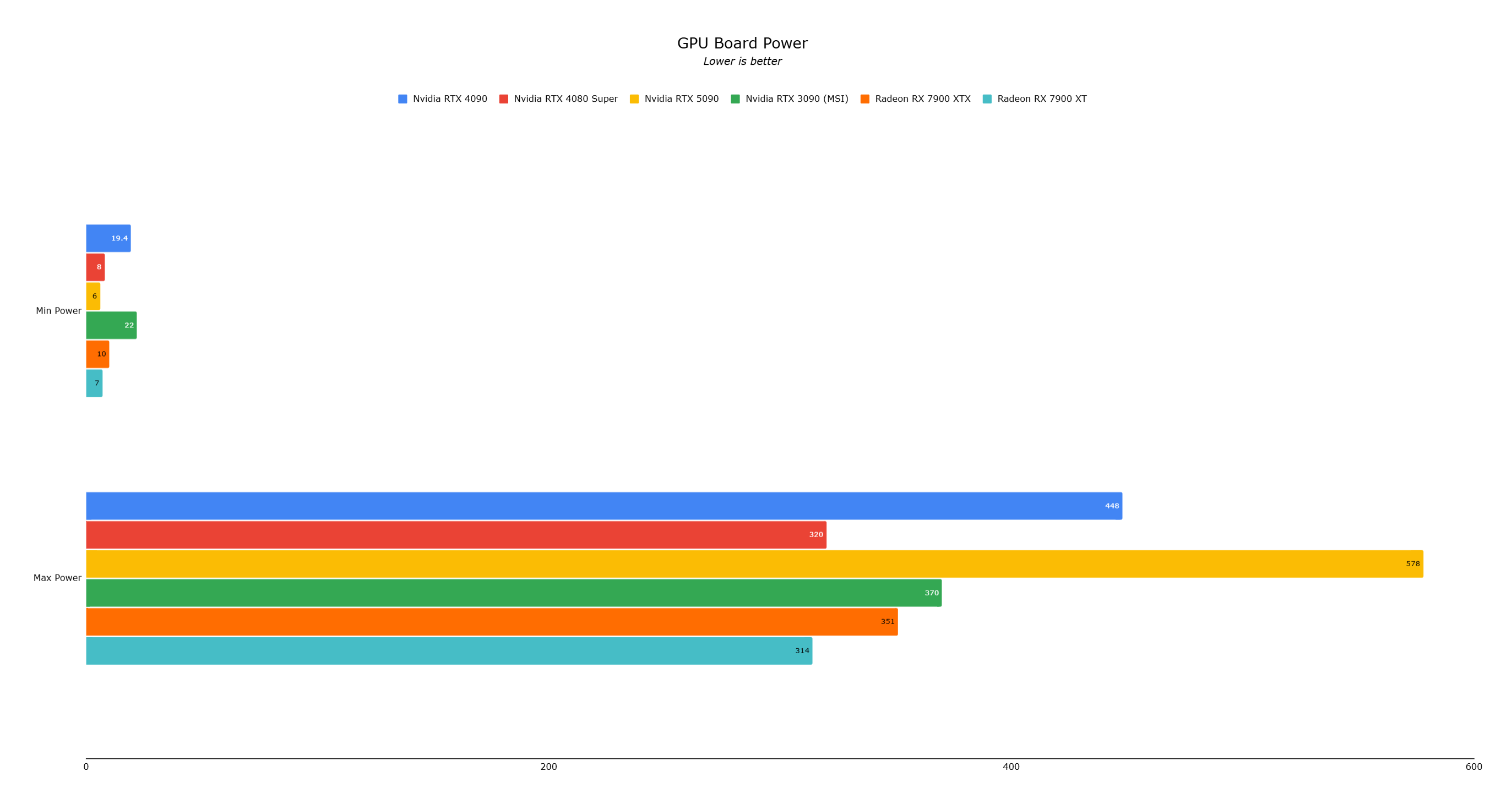
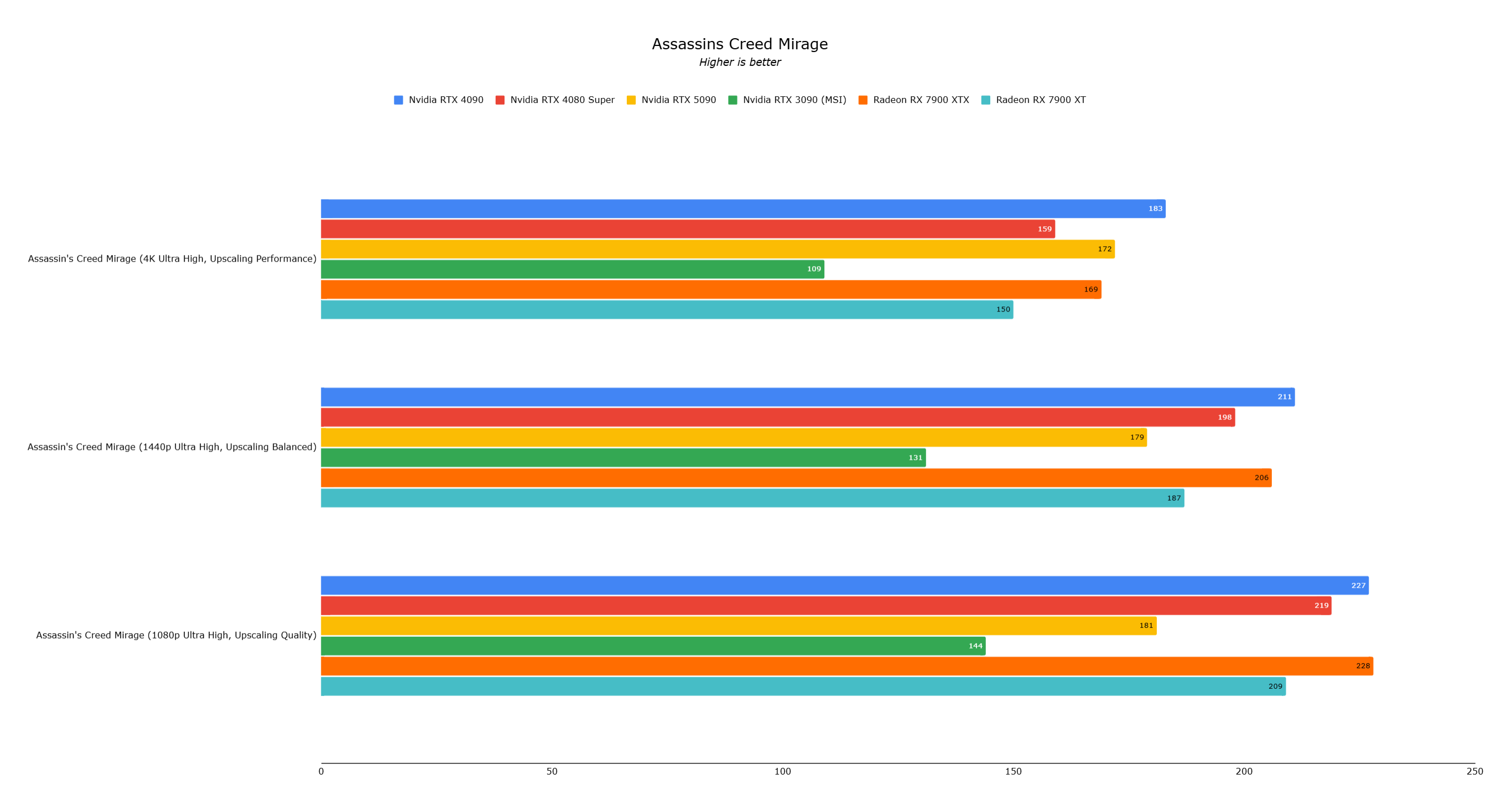
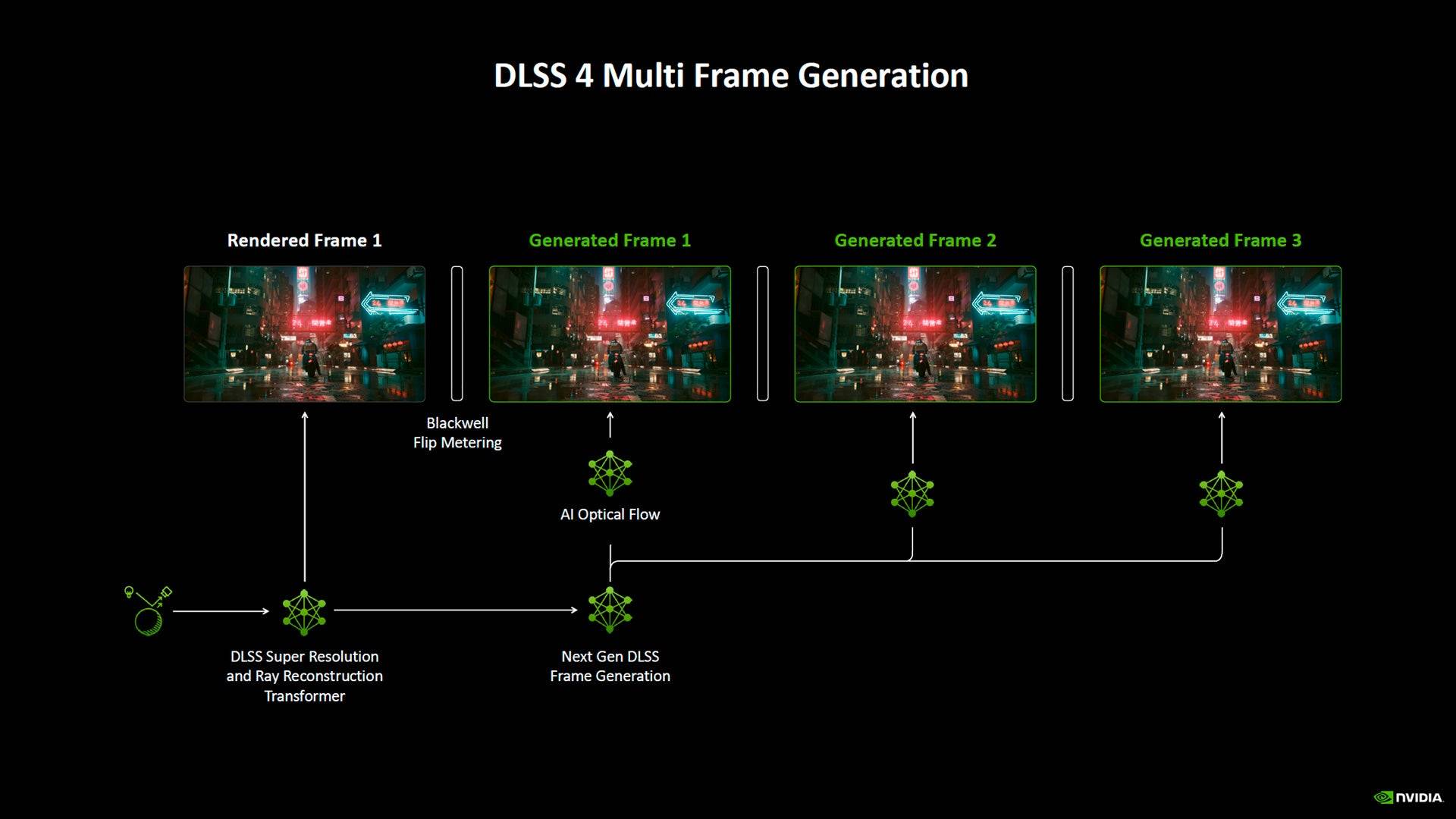
The Verdict: Future-Proofing Your Rig
The RTX 5090 is undeniably powerful, currently holding the crown as the fastest consumer graphics card. However, its performance gains over the RTX 4090 are less dramatic than expected in many current games due to CPU limitations. The card's true value proposition lies in its DLSS 4 capabilities, particularly Multi-Frame Generation, which delivers impressive frame rates at high resolutions. This makes it a compelling choice for users with high-refresh-rate 4K+ displays who are willing to embrace AI-assisted performance enhancements and invest in future-proof technology. For others, the RTX 4090 remains a potent and cost-effective option.


![[Breaking] Path of Exile Unveils Revamped Ascendancy System](https://imgs.39man.com/uploads/31/173951285867aedc1aba8eb.jpg)












